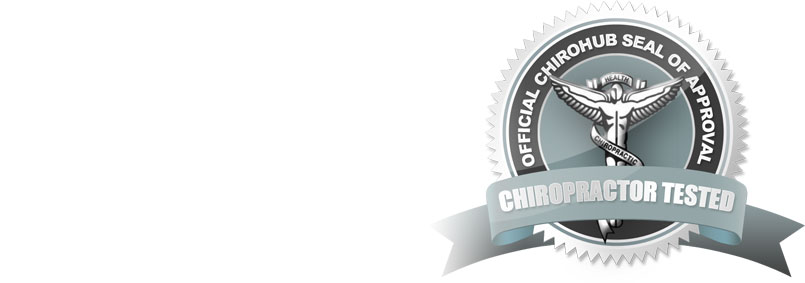Designed to help those suffering from diastasis recti, the Tupler Techniqe was designed by Julie Tupler, RN. Diastasis recti, a separation of the rectus abdominis muscle into right and left halves, often goes misdiagnosed or undiagnosed in many patients. Due to this, many people unnecessarily suffer for years, thinking that the “mummy tummy” they are enduring or the “beer belly” they have acquired is simply something they need to live with. Now due to this exciting new program, the Tupler Technique, patients can help close up their diastasis recti through utilizing the core principles of the program. This is accomplished by performing the unique exercises specifically designed to strengthen the transverse muscles, and by wearing Tupler’s specialized splint to hold the diastasis closer together, thus allowing the tissue to repair in proper fashion. This brace also provides the patient’s core with greater stability and support.
Diagnosing a diastasis recti is fairly simple. Have the patient lie down supine on your table, with legs flat or a small pillow under their knees. Then have them slowly flex at the trunk, as if doing a situp. You can then palpate above and below the umbilicus along the midline. A mild DR would be only a finger or two wide, while a larger DR might be several fingers wide and show the contents of the abdominal cavity pushing through (think a large hernia here).
In her program, Julie Tupler lays out specific breathing and core exercises over the course of 6-18 weeks depending on the size and severity of the diastasis (but the principles and exercises of the program should be utilized into daily living thereafter). Patients can choose a variety of ways to utilize the Tupler Technique, including becoming a member of an online support group, signing up for individual support sessions with Julie, and attending seminars. Most patients, however, would probably choose to follow the program in the comfort of their own home by purchasing one of the packages that includes the Diastasis Rehab CD, Tupler Technique Guidebook, and Diastasis Rehab Splint. The CD is very specific and easy to follow, although some of our patients described the CD as “too technical” or “too detailed” for them to follow on their own without a medical professional or support staff to guide in the beginning. Because of the specifics of it and the importance of utilizing the correct technique when doing the exercises, Julie has trained many licensed professionals who are located nationwide to offer individual or group training in the technique.
In our small patient population who followed the Tupler Technique, there were great results when the patient carried out the program exactly and wore the associated brace. The exercises are fairly simple, but do require quite a commitment to remember to do them three times a day as suggested. This was the biggest complaint from patients trying to follow the program is that they could not keep up with its demands every day. Overall though this program is highly effective when performed properly, easy for patients to do on an individual basis, and can fit into any budget with most packages coming in at just under $80. We at Chirohub, certainly think it should be a tool chiropractors have in their toolkit for recommending to patients with obvious deconditioning of the core and/or a diastasis recti.
For more information, please visit http://www.diastasisrehab.com









